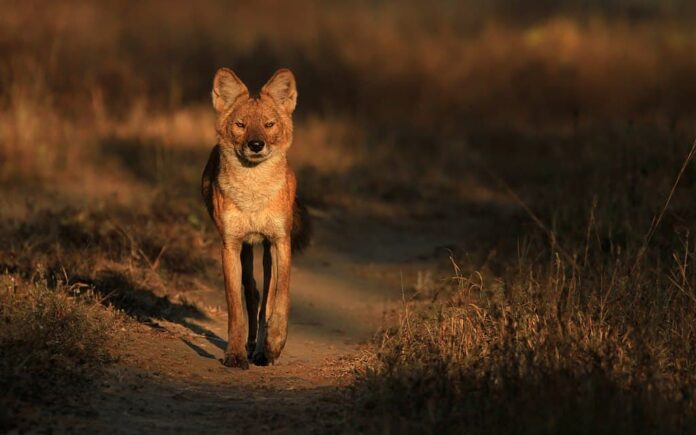You are probably familiar with the many domesticated dog species, but what about the wild dogs out there? Wild dogs are similar to common dogs that we know except with better hunting skills and stronger teeth. However, wild dogs don’t attack or pose any danger to people in the wild. You will find 8 wild dogs in the list below, so feel free to check them out.
1African Wild Dog
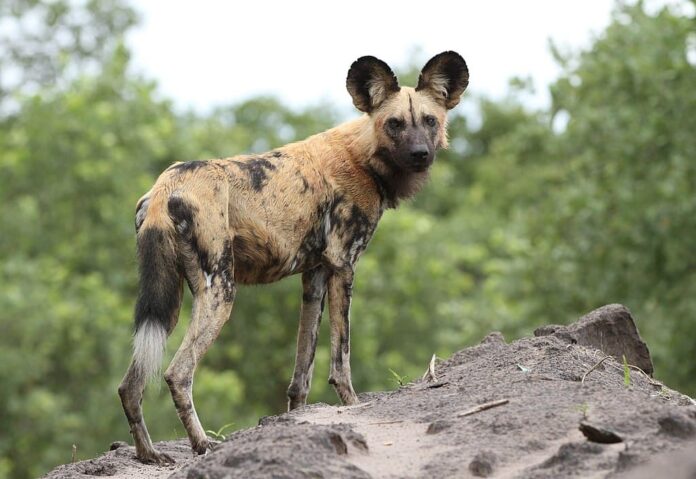
This wild dog right here is the largest canine in Africa that you can recognize by its big rounded ears. The African wild dogs have a unique mottled coat with a combination of black, brown, red, yellow, and white fur. They live throughout the continent in various habits such as deserts, mountains, open plains, sparse woodlands, and more. In the wild, they hunt antelopes but they also do hunt livestock upon human settlement expansion into their territory.
The interesting thing about these wild dogs is that they live in packs, dominated by a monogamous breeding pair. This wild dog species is very social, and they take care of members in their packs like a family. Farmers often hunt and kill them because these wild dogs hunt livestock. The main threats to their population are diseases, habitat fragmentation, illegal hunting, poaching, and more.
2Bush Dog
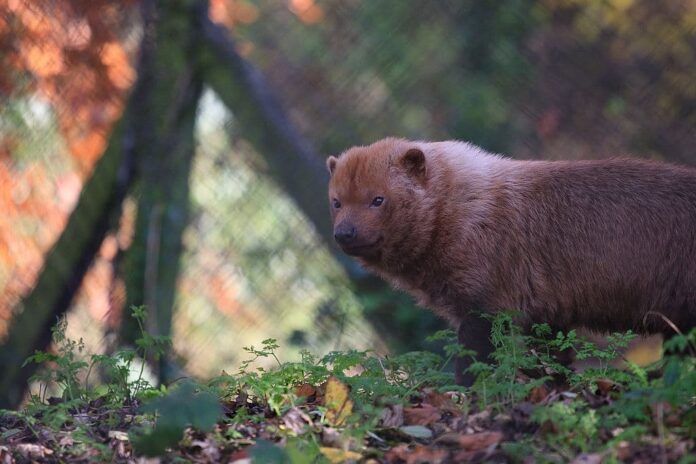
While most wild dogs are large, bush dogs are more on the small and stocky sides. These wild dogs have long hair and short legs, and they are found in Central and South America. Bush dogs can hunt alone, but they usually live in small packs of 6 members or more. Despite their adorable size, these wild dogs can take down animals that are larger than them. Their diet consists of prey such as agouti, capybara, paca, peccary, rhea, or even a tapir. This wild dog species is rare, and its numbers are declining due to habitat destruction.
3Crab-Eating Fox
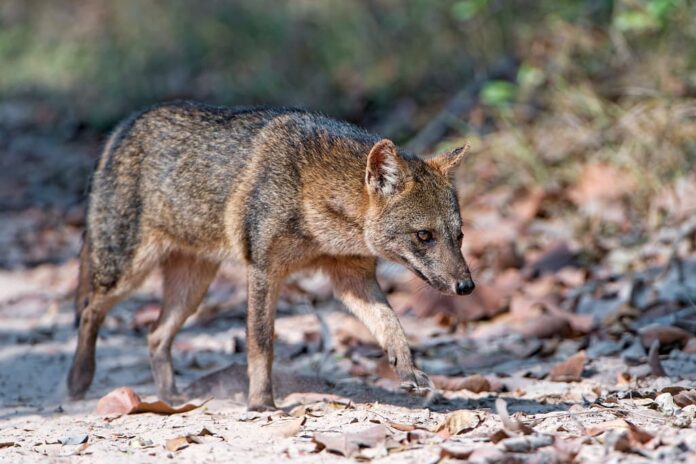
Not different from other wild dogs, the habitat of crab-eating foxes is quite the same. Their population ranges from savannas and subtropical forests to woodlands and more. These wild dogs are capable of digging burrows, but they prefer to live in other animals’ burrows at some point. Sometimes, they hide in dense bushes or tall grass when they are out hunting. In wet seasons, these wild dogs feed on crabs and crustaceans; hence their name. Since they are omnivores, they also feed on fruit plants besides birds, carrion, and other smaller animals. These wild dogs are more territorial during the dry season when food is scarce, but they don’t harm humans at all.
4Dhole
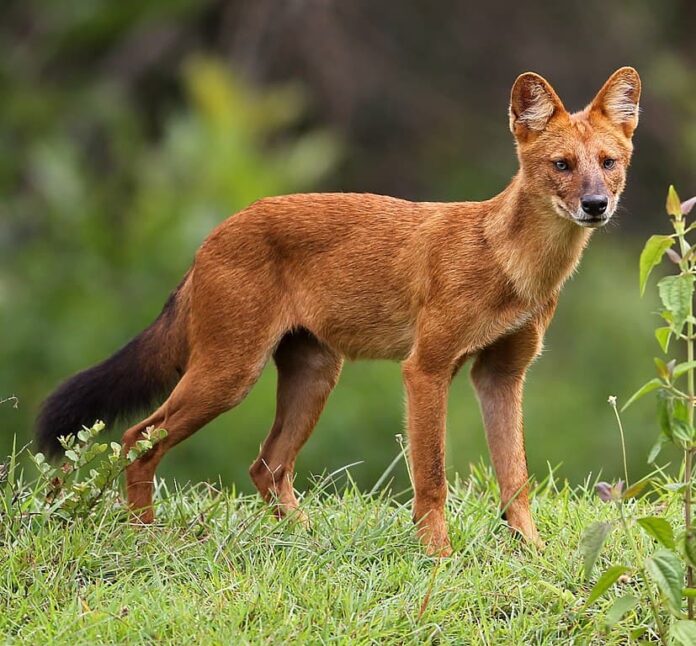
A list of wild dogs is incomplete without a dhole, a canid that resembles a fox in appearance. Dholes are fascinating animals with sets of skills that allow them to hunt and survive in the wild. Compared to most wild dogs out there, dholes are incredibly athletic thanks to their ability to jump, swim, and run. Since they hunt in packs, those skills allow to take down leopards, tigers, and even Asiatic black bears.
A pack of dholes consists of 5 to 12 members, and their clan can grow up to 40 members or more. Although they belong to the dog family, dholes don’t bark or howl. Instead, they have their own unique chattering, clucking, screams, and whistles that they use as parts of their communication. Despite their amazing hunting skills, dholes are the wild dogs whose population is at risk nowadays due to persecution.
5Dingo
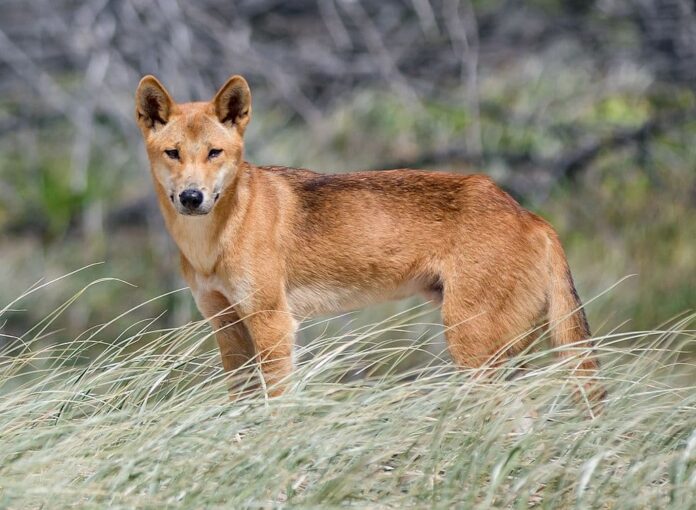
Here you are looking at an Australian wild dog whose population also occurs in Southeast Asia. These wild dogs are opportunistic hunters, and they can either hunt alone or in packs. Dingos are quite smart, and they can rotate their wrists to turn doorknobs or raise latches to escape. Due to their flexible shoulder joints, dingos can also climb cliffs, fences, rocks, and trees. In spite of their great skills, their meals are quite simple since they pursue animals like birds, lizards, rabbits, and rodents.
If there are no animals to prey on, dingos also eat fruits and plants or scavenge from humans. Another interesting thing is that dingos use bark-howling sounds instead of barking like domestic dogs. They also howl are ways of communication within their home range, packs, and peers. Dingos would attack humans if there are provocations, and that is why you should not feed or get too close to them.
6Jackal
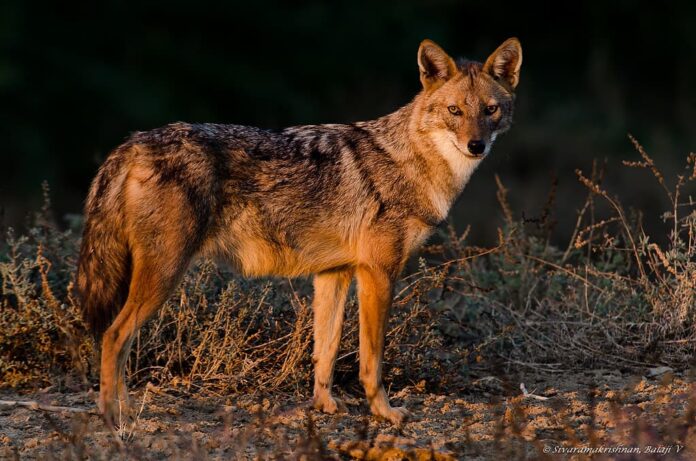
With delicate legs and a small face like a fox but long ears like a German shepherd, jackals look quite intimidating. In fact, they are one of the most aggressive and dangerous wild dogs that are responsible for more than 200 human attacks. As opportunistic omnivores and predators, jackals usually attack and hunt in packs. There are around 6 members in each pack, and each dog would take one part of the body before stretching the victims out.
Since these wild dogs are also omnivores, they also feed on berries, fruits, and grass. Once these monogamous animals reach maturity, jackals often pair up and do everything together from eating and hunting to sleeping. Parents jackal will take care of their young for as long as their children need, usually up to 11 months. The cool part is that each jackal family has their own yipping sound that only family members respond to.
7Maned Wolf
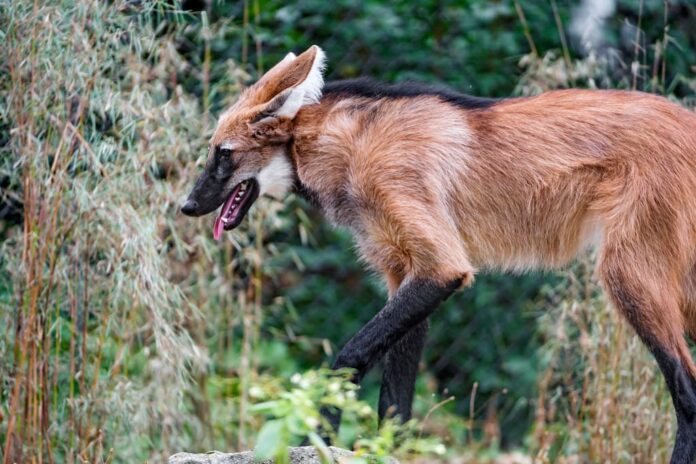
The extraordinary appearance is not the only fascinating about this wild dog species, and here’s why. First of all, a maned wolf is neither a fox nor a wolf. This large canine has long thin legs with a dense reddish coat that you can recognize right away. Those legs make them the tallest wild canids, and they help to adapt to the tall grasslands where they live.
More than that, these twilight animals typically hunt alone between sundown and midnight.
Maned wolves use their large ears to listen for their prey in the grass before pouncing to catch it. These ferocious predators kill their prey by biting on their back or neck along with violent shaking if needed. Maned wolves are shy animals, but they are not afraid to attack humans if provoked or threatened. However, their population is now declining due to diseases, habitat loss, hunting, traffic accidents, and more.
8Raccoon Dog
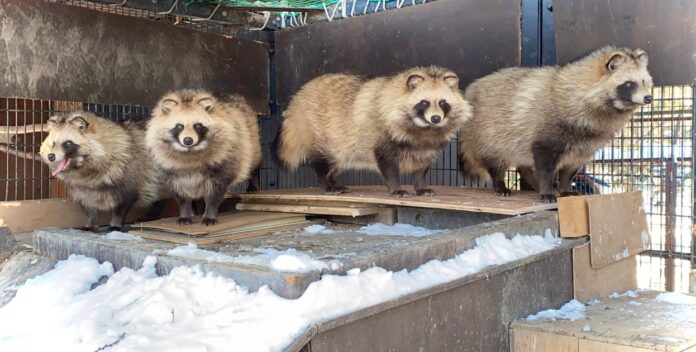
This fluffy canid looks also identical to a raccoon, but they are not related to each other at all. Raccoon dogs are the only canids known to hibernate, and they only do so during severe snowstorms. Because their habitats involve winter, these wild dogs have long and thick winter fur. In addition to that, they also have dense underfur that keeps them warm during low temperatures in winter.
Raccoon dogs are omnivores, so they on a wide array of food from fruits and plants to meat. With their ability to climb trees, dive underwater, and swim, hunting is not a difficult task for them. Thanks to the color of their fur, these wild dogs can camouflage to avoid predators. Their main predators are wolves, which kill a large number of them in spring and summer or in autumn sometimes.
Related Post: Dangerous Wild Dogs

